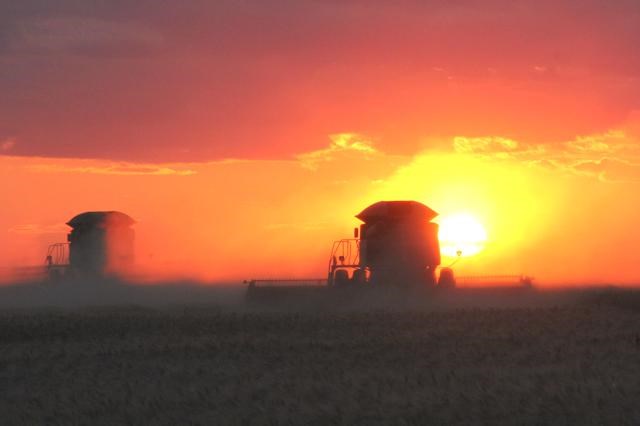By Lorne Klein, PAg regional forage specialist, Weyburn. Saskatchewan Ministry of Agriculture
Landowners who have seeded and established perennial forage stands have several options for marketing the crop.
One option is to sell the standing crop to a tenant for baling. A common arrangement is that the tenant and landlord will each keep a portion of the bales. The question then becomes “What is a fair split of the baled hay?”
The Ministry of Agriculture has developed a Hay Share Calculator that helps determine the hay share split, based on costs incurred by both the landlord and the tenant. Costs for the landlord include forage seed, field preparation, weed control, seeding, land rent and annual nutrient removal of the baled crop. The cost of nutrient removal can be estimated from the Ministry of Agriculture calculator “Forage and Crop Nutrient Value Calculator”. Costs for the tenant include cutting and baling. Other items to load into the calculator are expected average hay yield and years life expectancy of the stand.
Learning to operate the calculator is relatively simple with a minimal amount of instruction or coaching. Once you are comfortable with the operation of the calculator, you can easily run multiple scenarios with different costs for the tenant and landlord.
The calculator immediately generates a hay share split with each scenario.
The calculator has a second feature that helps determine a price for standing forage. The biggest challenge with this feature is determining what the selling price of the baled hay will be. The costs of cutting and baling are relatively constant from year to year.
The price of baled hay can be quite variable from year to year. This calculation will help the landlord determine whether they should sell the crop standing, or custom hire the cutting and baling to retain ownership of the bales.
Another option of selling a forage stand is to sell it for grazing. This option requires an investment in fence and a water source. Depending upon livestock numbers, livestock size, length of grazing season and grazing fee, you can calculate a value for each ton of forage grazed.
Compared to hay removal where all of the nutrients in the hay are exported, grazing animals deposit about 90 per cent of the nutrients they consume back to the land in their manure and urine.




